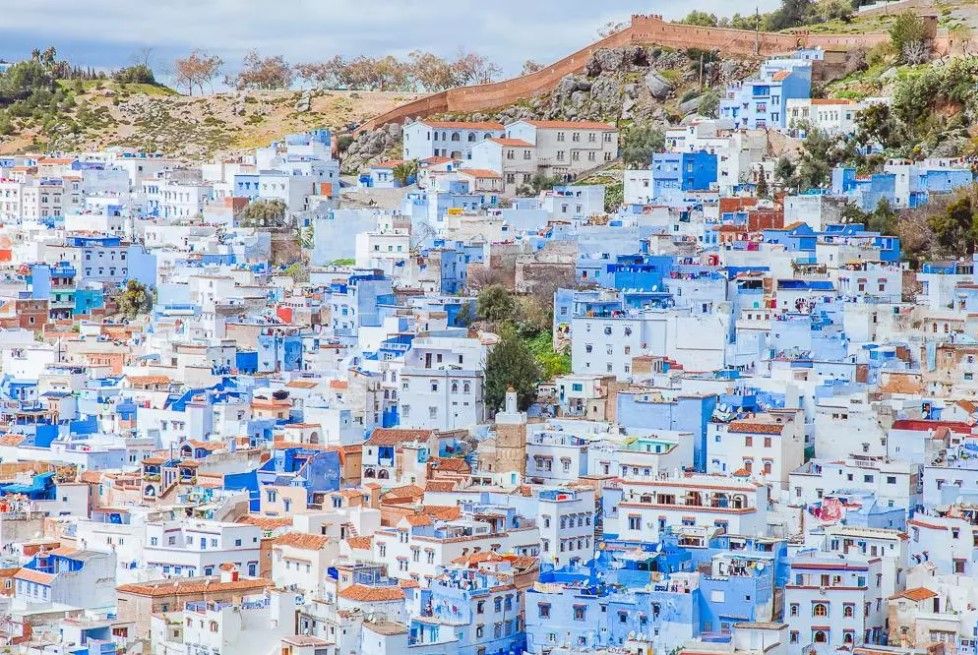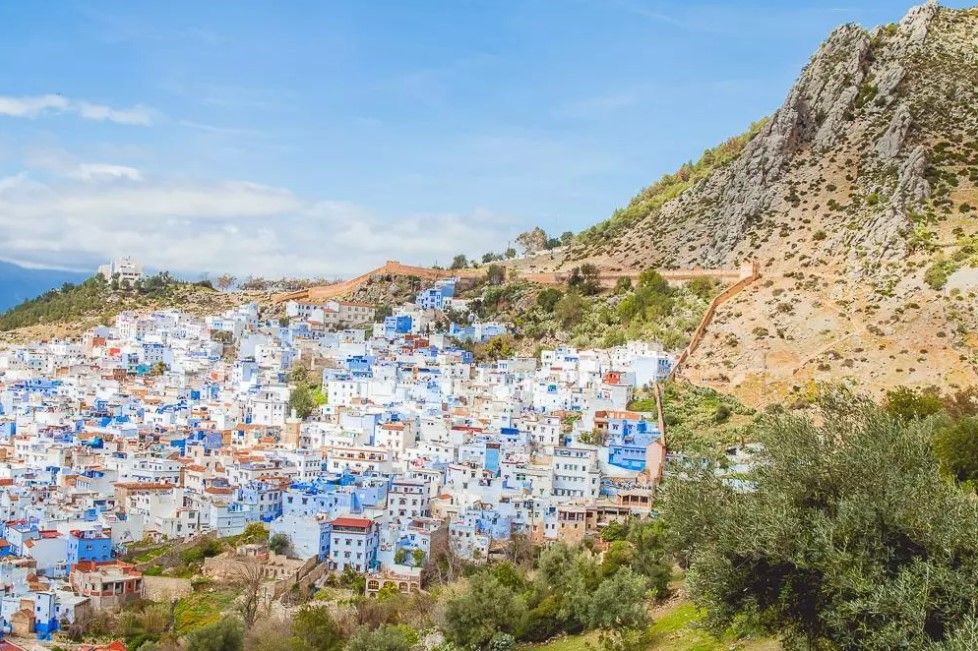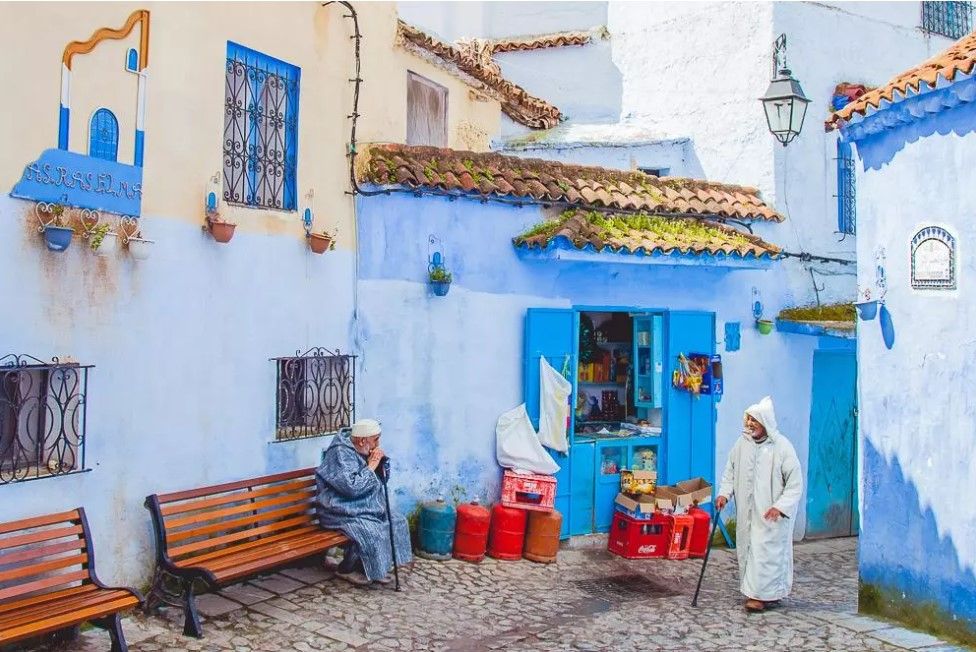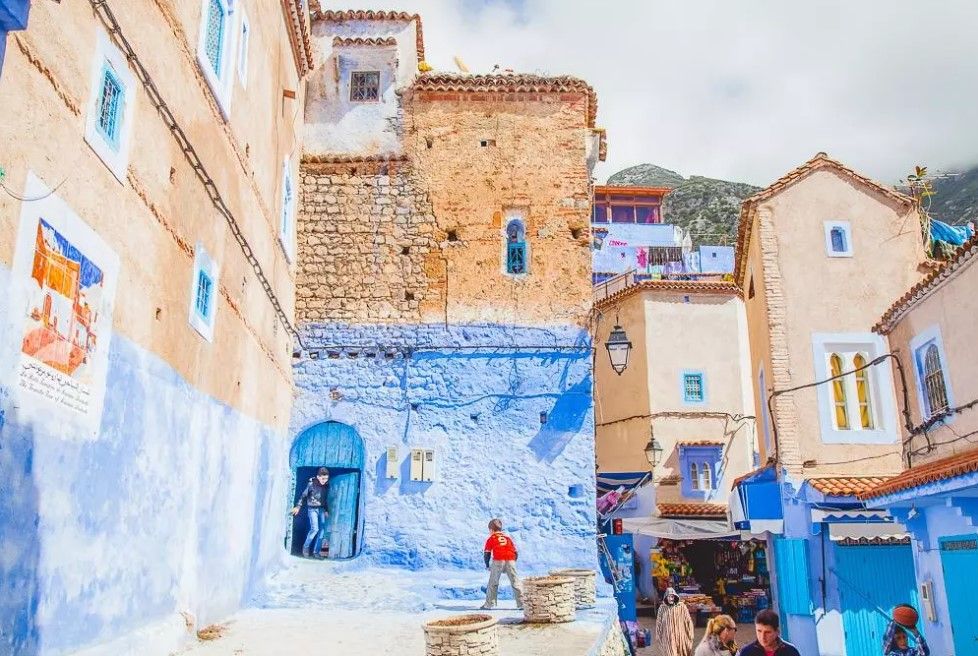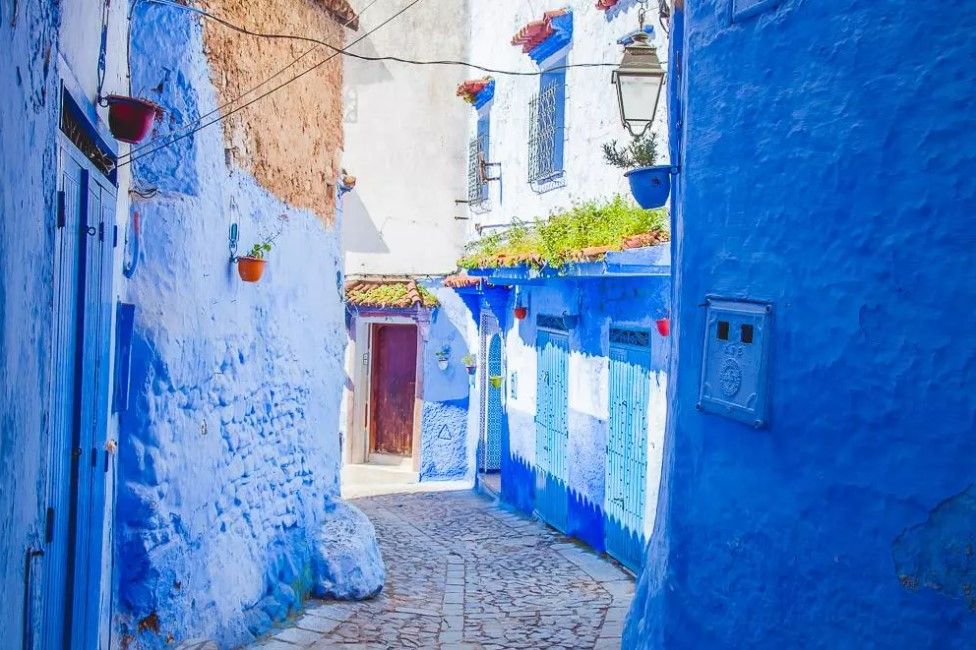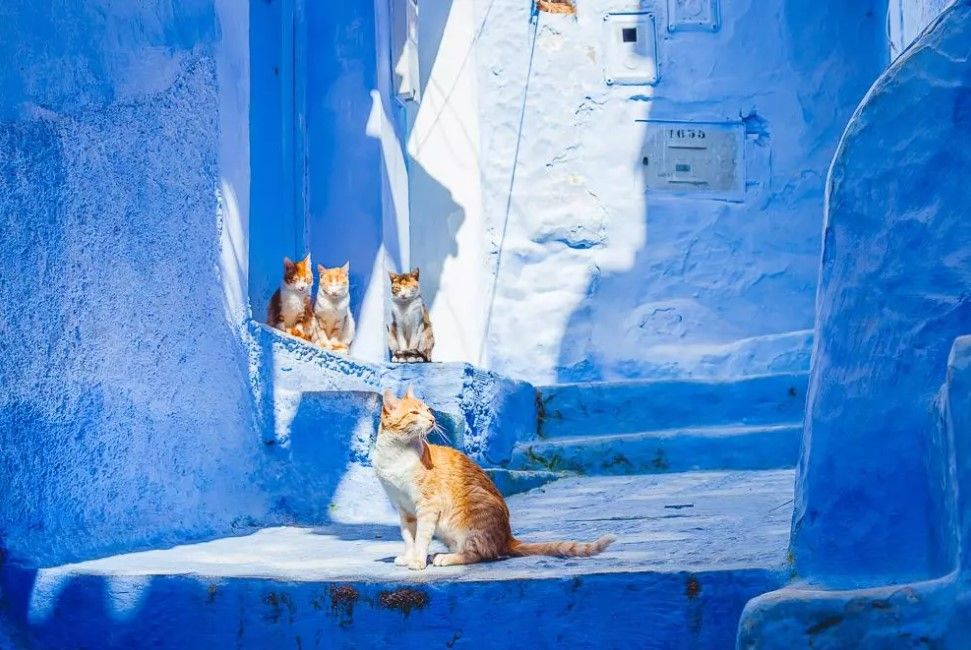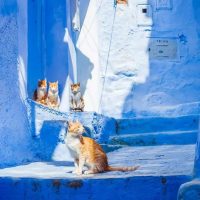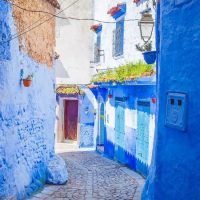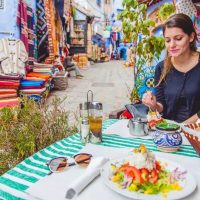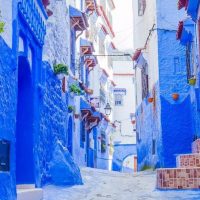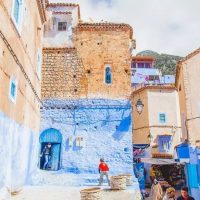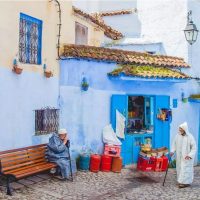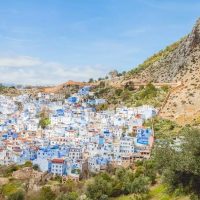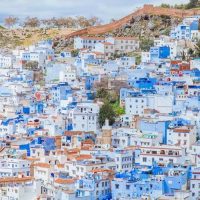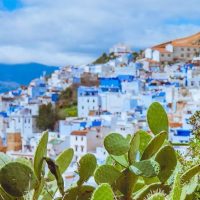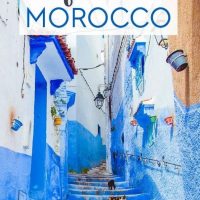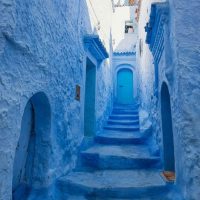Chefchaouen is a small town in Morocco with a rich history. Nestled in the Rif mountains, this old town is known for its beautiful surroundings and architecture, but what makes it stand out are the striking and varying shades of blue walls – it is one of The Most Colorful Cities Around The World.
Moulay Ali Ben Moussa founded the town of Chefchaouen in 1471. It began as a small fortress to fight the Portuguese invasions of Morocco. The Ghomara tribes, Moriscos, and Jews settled down in it after the Spanish Reconquista in 1492. Later, in 1920, Spain seized the old town, and it became a part of Spanish Morocco. Then, finally, Morocco declared its independence in 1956, and Chechaouen rejoined it once again.
Also, check:
The maze-like sector, called the medina, is similar to others in the area. It has white-washed buildings of Spanish and Moorish architecture. However, the shades of blue are unique to this town. There are different reasons cited for the striking blue walls.
The Reasons Why The City of Chefchaouen in Morocco is Entirely Blue:
1. The Jews
The color blue is representative of the sky according to Jewish belief. Jewish communities, therefore paint things blue and use blue-colored fabrics, especially prayer mats.
People believe that the Jewish refugees spread the blue fever to the entire ‘medina’ in 1930. The practice of painting walls blue was introduced by the Jews to stick to their religious practices. However, older residents say that the majority of the buildings within the medina used to be white until fairly recently. They stress that only the Jewish part of the medina used to be painted blue.
2. The Mosquitoes
A part of the residents believes that the blue shades repel mosquitoes. Their reasoning is that the insects do not like being in the water, although they live near the water. The blue walls almost look like flowing water, and they believe that this aspect keeps away the mosquitoes.
It is certainly possible that residents saw fewer mosquitoes in the Jewish part of the town, and so they decided to attribute it to the color and paint their houses blue as well.
3. The Heat
Another group of locals states the heat to be a reason for the color. They say that the shades of blue keep their houses cool in warmer months. While this might not have been the original reason, it is a perfectly valid one in these modern times.
4. The Water
According to a few locals, Chefchaouen’s walls are bathed in multiple shades of blue reminiscent of the striking blue of the Mediterranean Sea. Others believe that the blues represent the Ras el-Maa Waterfall. The citizens of the town get their drinking water from this waterfall.
The locals believe that the painting was done to always remind them that life-sustaining water allows them to survive in an otherwise hostile environment.
5. Aesthetic Appeal
Few locals believe that the city is blue because it looks good. According to the Islamic culture, happiness and optimism are represented by the color blue.
6. Tourism
While tourists may be visiting this old town for other reasons, it is probably the outstanding color of its walls and the staggered narrow alleyways that keep them coming. It is clear, now, that whatever the original reason for painting the city in blue, there is still a lot of benefit from continuing to paint it that way. The 50 shades of blue have made the streets of Chefchaouen a photographer’s heaven.


